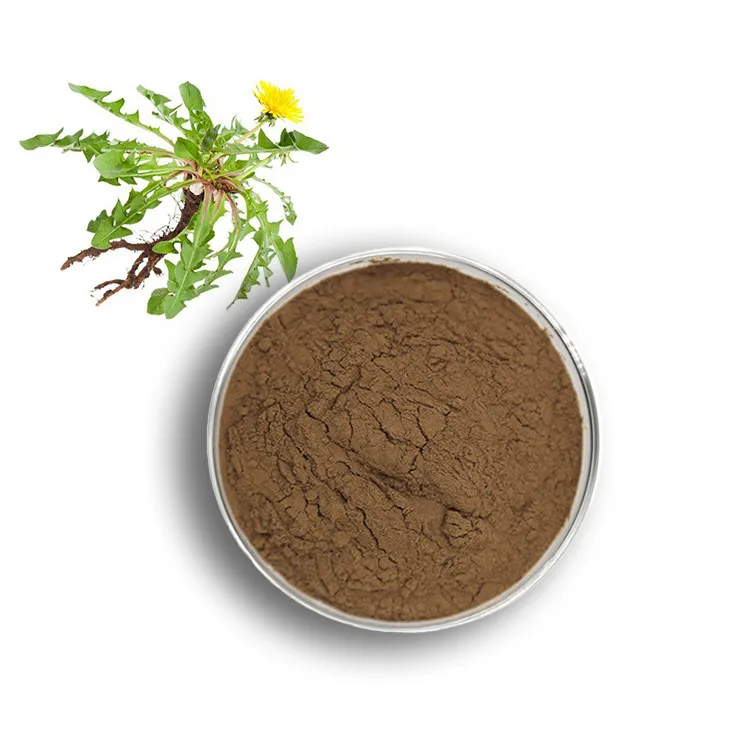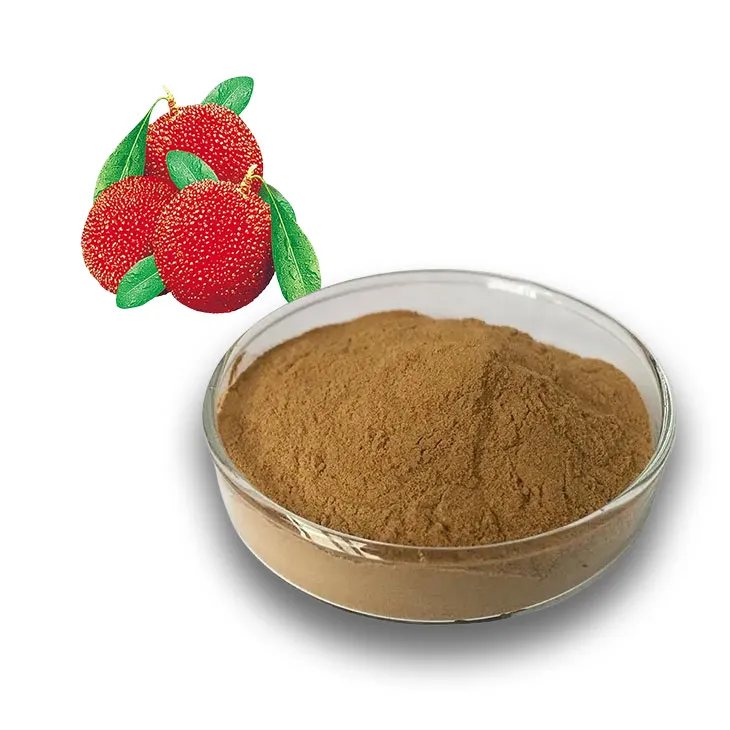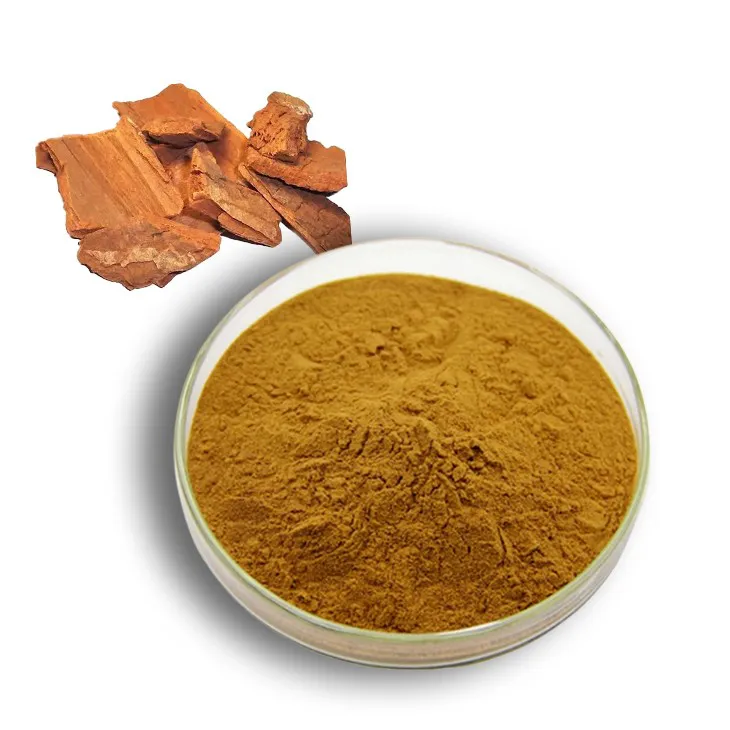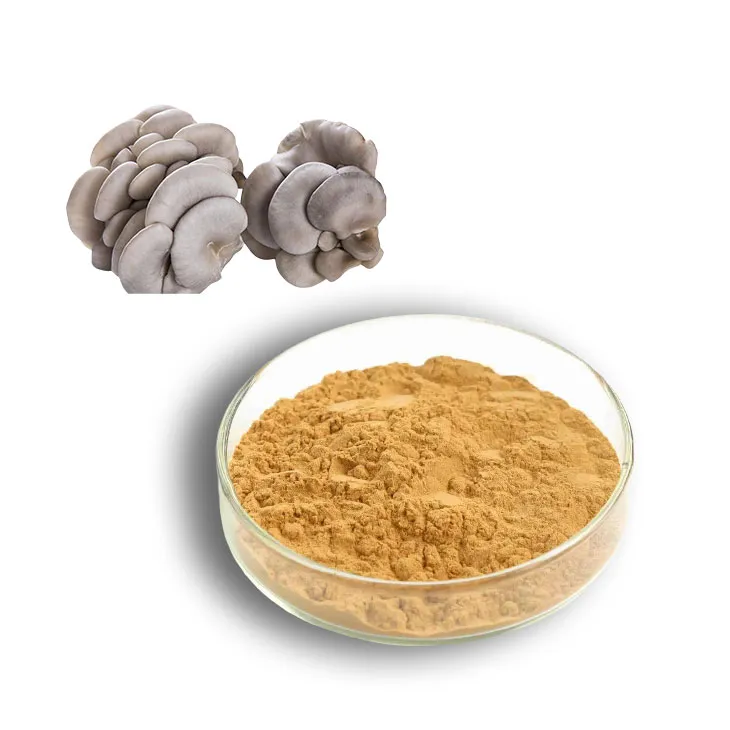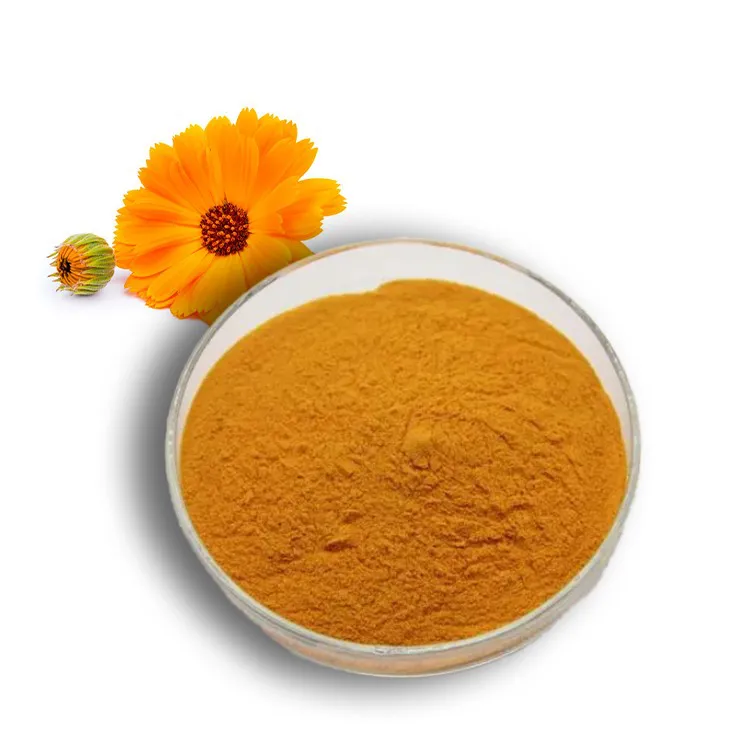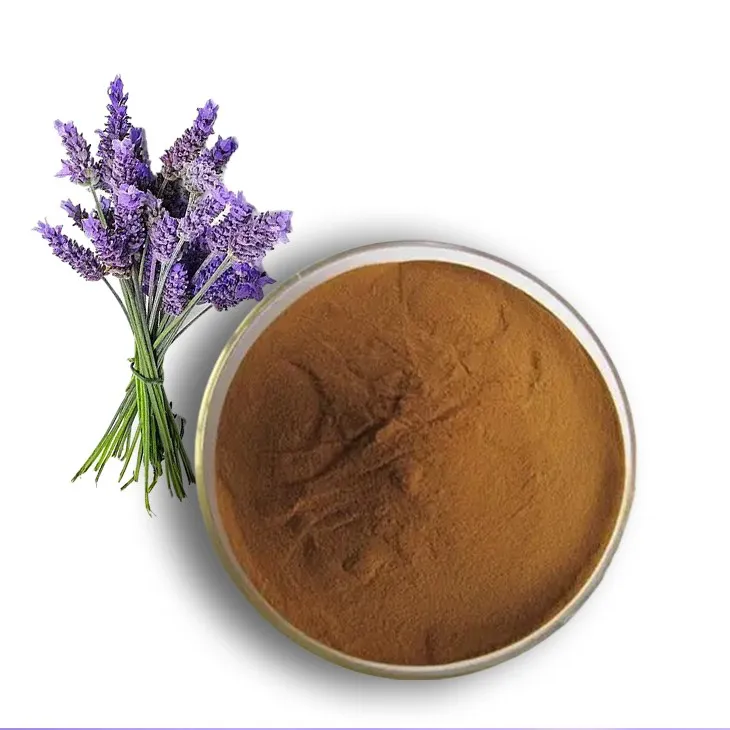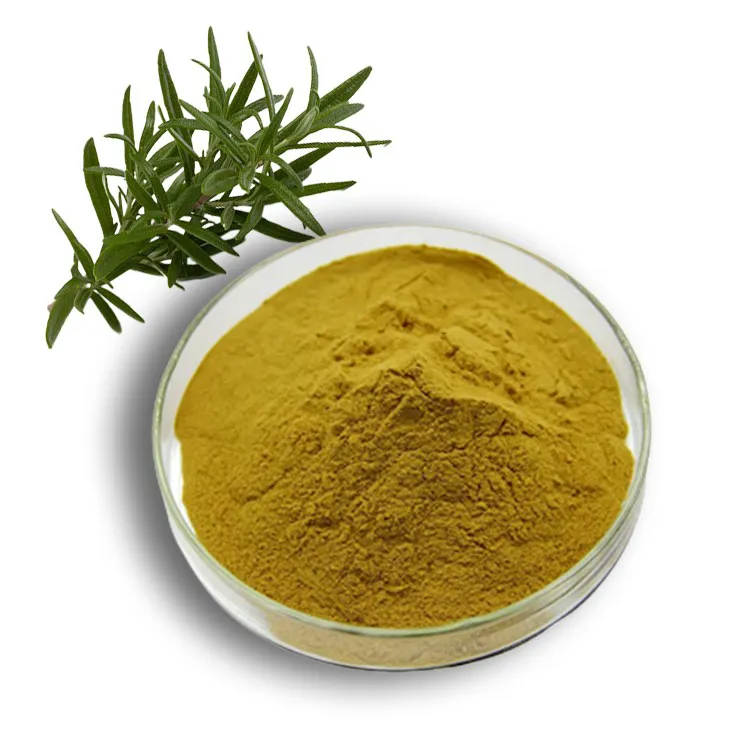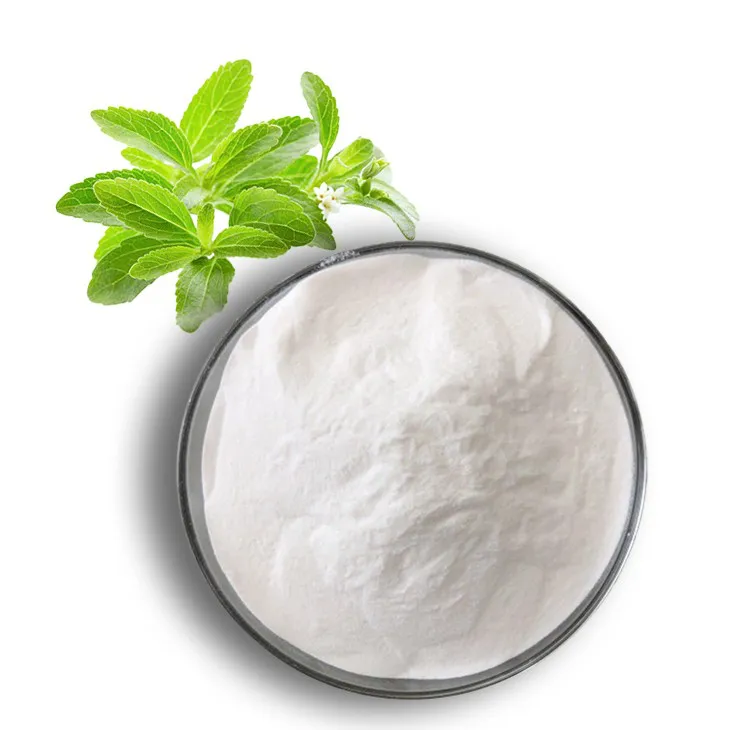- 0086-571-85302990
- sales@greenskybio.com
Is Hops the Same as Valerian? A Comprehensive Exploration
2025-06-08
With the growth of interest in natural remedies for stress, anxiety, and sleep difficulties, herbs like hops and valerian have become widely discussed and recommended. Both are recognized for their calming effects and are often found in teas, supplements, and tinctures marketed for relaxation and sleep support. However, while they are sometimes used in similar contexts, hops and valerian are not the same and should not be confused with one another. This article examines the differences and overlaps between these two herbs to help consumers, healthcare professionals, and wellness enthusiasts understand their unique properties, uses, and safety profiles.
Botanical Background and Plant Characteristics
Hops, scientifically known as Humulus lupulus, is a perennial climbing plant. It is a member of the Cannabaceae family, alongside hemp and cannabis. Hops plants are known for their cone-shaped flowers, primarily the female flower cones, which are used both in brewing (to flavor and preserve beer) and medicine. The plant is native to Europe, North America, and Asia, and its cultivation dates back centuries.
Valerian, or Valeriana officinalis, is another perennial plant, but it belongs to the Caprifoliaceae family. Native to Europe and parts of Asia, valerian is most recognized for its roots, which emit a strong, earthy, and somewhat unpleasant smell. The roots are the part of the plant used in herbal medicine for their calming and sleep-promoting effects. Valerian produces clusters of small, sweet-smelling flowers, but these are not commonly used for therapeutic purposes.
Comparing Active Compounds
Hops and valerian have very different chemical compositions. Hops contains bitter acids (humulone and lupulone), essential oils such as myrcene and humulene, and natural flavonoids. These compounds provide hops with its characteristic aroma, bitterness in beer, and its sedative and relaxing properties.
Valerian root, in contrast, contains valerenic acids, valepotriates, and essential oils such as bornyl acetate. These substances are largely responsible for valerian’s calming effects, including potential sedative action through interaction with various neurotransmitters in the brain.
Historical and Modern Uses
Both herbs have a long history in traditional medicine. Hops flowers have been used historically to promote sleep, ease nervous tension, and act as a mild sedative. Historically, people even placed hops in their pillows to encourage restful sleep. Today, hops continues to be used in sleep and relaxation supplements and herbal blends, often combined with other calming herbs.
Valerian’s recorded use stretches back to ancient Greece and Rome, where it was recommended for nervousness, headaches, and insomnia. It is now often marketed as a natural solution for sleep problems and anxiety, and is available in the form of teas, tinctures, capsules, and extracts.
Mechanisms of Action: How Do They Work?
Though both herbs provide calming benefits, they do not function in exactly the same way. Hops is thought to promote relaxation by acting on gamma-aminobutyric acid (GABA) receptors in the brain. GABA is a key neurotransmitter that inhibits nervous system activity—effectively helping the brain "wind down" and prepare for sleep or relaxation. Hops compounds may also influence the body’s production of serotonin and melatonin, two other major players in sleep-wake cycles.
Valerian’s calming effects are also linked to the enhancement of GABA activity. Valerian root contains valerenic acid, which may inhibit the breakdown of GABA in the brain, leading to higher levels of this calming neurotransmitter. This effect is likely responsible for the reduction of anxiety and promotion of sleep.
The Synergy: Why Are They Sometimes Combined?
Because both hops and valerian influence GABA-related pathways, they are often paired in herbal sleep aids. Combining them may yield a stronger, more reliable effect than using either herb alone. Some research has shown that the sedative effect is potentiated when the two are used together, making these blends popular in natural medicine formulations.
Distinct Differences
Despite their similarities, hops and valerian are completely different plants with distinct tastes, aromas, and phytochemical profiles. Hops has a bitter, aromatic flavor prominent in beer, while valerian’s root is known for its pungency. The parts of the plant used differ—hops relies on the female flower cones, valerian on the root. Furthermore, their main active ingredients are not the same, which leads to differences in how they work and how they are metabolized in the body.
Safety, Side Effects, and Cautions
Both herbs are generally considered safe when taken at standard doses for short periods. Mild side effects can occur, such as drowsiness, stomach upset, headaches, or vivid dreams. Neither should be used in large amounts or combined with other sedatives or alcohol without consulting a healthcare provider. Pregnant or breastfeeding women, children, or those on certain medications should consult a healthcare professional before using either herb.
Conclusion
Hops and valerian are not the same herb, though they are sometimes used for similar purposes such as supporting sleep and relaxation. They come from different plant families, contain distinct active ingredients, and possess unique botanical characteristics. Their calming effects emerge through related, but not identical, mechanisms in the body. Understanding their differences is important for making informed choices in the use of natural remedies for stress, anxiety, or insomnia. Whether used alone or together, always consult a healthcare professional, choose reputable sources, and use these herbs mindfully for optimal results.
- ▶ Hesperidin
- ▶ Citrus Bioflavonoids
- ▶ Plant Extract
- ▶ lycopene
- ▶ Diosmin
- ▶ Grape seed extract
- ▶ Sea buckthorn Juice Powder
- ▶ Fruit Juice Powder
- ▶ Hops Extract
- ▶ Artichoke Extract
- ▶ Mushroom extract
- ▶ Astaxanthin
- ▶ Green Tea Extract
- ▶ Curcumin
- ▶ Horse Chestnut Extract
- ▶ Other Product
- ▶ Boswellia Serrata Extract
- ▶ Resveratrol
- ▶ Marigold Extract
- ▶ Grape Leaf Extract
- ▶ New Product
- ▶ Aminolevulinic acid
- ▶ Cranberry Extract
- ▶ Red Yeast Rice
- ▶ Red Wine Extract
-
Dandelion Root Extract
2025-06-08
-
Bayberry Extract
2025-06-08
-
Diosmin
2025-06-08
-
Yohimbine Bark Extract
2025-06-08
-
Oyster Mushroom Extract Powder
2025-06-08
-
Curcuma Longa Extract/Turmeric extract
2025-06-08
-
Calendula Extract
2025-06-08
-
Lavender Extract
2025-06-08
-
Rosemary extract
2025-06-08
-
Stevia Extract
2025-06-08











